Hypoallergenic Cats – Do They Exist?
Allergies to cats, what a troubling issue! It has been a growing concern in terms of public health, as it affects 7 to 25% of the world’s population… Making it the most common mammalian-origin allergy in human beings. Whether it’s a mild runny nose or a severe asthma attack, the truth is that everyone who presents these signs after being exposed to a cat allergen has an over-sensitive immune system. Now imagine how emotionally demanding it must be for those who not only have to deal with the symptoms, but also with the fact that leaving their cat behind might be the only effective solution. But what about hypoallergenic cats? Is there such a thing?
Well, there is currently a high focus on figuring out a way to overcome the allergy issue… Since veterinarians and researchers have come to the conclusion that unlike hypoallergenic dogs, hypoallergenic cat breeds do not really exist.
- Allergies to cats affect 7-25% of the global population, marking it as a prevalent public health concern.
- There are currently no hypoallergenic cat breeds; all cats produce the allergenic protein Fel d 1.
- Fel d 1 is persistent in environments, often causing allergic reactions even in cat-free homes.
- Managing allergies involves environmental control, but emotional distress from separation can compel owners to give up their cats.
What do cats have that makes us sneeze?
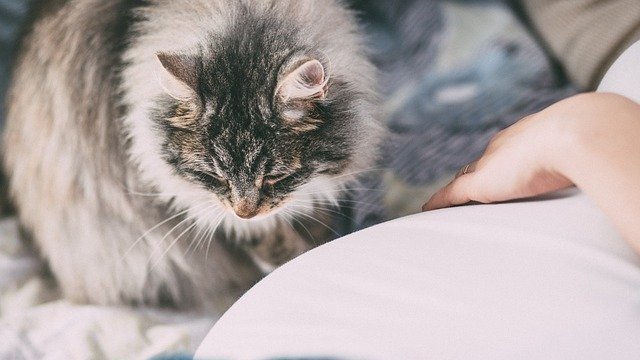
Among the eight proteins already identified as cat allergens, Fel d 1 is responsible for up to 96% of human sensitization to cats. It’s mainly produced in the sublingual and sebaceous glands. This makes it easy for the protein to be spread throughout the cat’s skin and hair during grooming, and into the environment when the cat sheds. Anal and lachrymal glands also produce Fel d 1, but to a much lesser extent. As of today, not even one single cat has been identified as being free from Fel d 1, making hypoallergenic cats an impossibility.
Common sense leads us to believe that their fur is the source of all problems. In fact, the cat’s hair does not induce an allergic response, but it carries dander, urine and saliva. Besides, it not only remains in the air, but also clings to furniture, walls, clothing and other surfaces. This allows for the levels of allergen to remain high for several months, even in the tidiest household.
Believe it or not, Fed d 1 can sometimes even be found in places where a cat has never been, like public transport vehicles… It’s been documented at a high enough level to induce an allergic reaction! No wonder that even in houses without cats, sensitive people may start sneezing!
“Every time Umi is hospitalized, it’s for like four days and it costs over $5,000… Maven has helped me not only save money but also save his life”
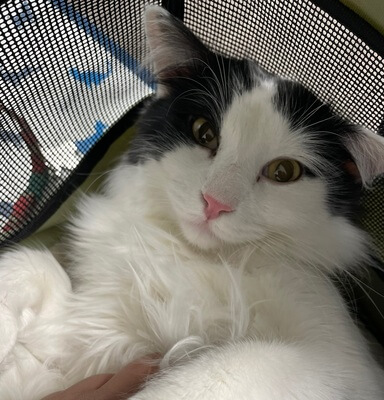
★★★★★
Jessica Ortiz
Umi
Is there such a thing as hypoallergenic cats?
We wish there was! Truth is that all cats produce Fel d 1 regardless of their breed, age, coat, lifestyle (indoors or outdoors) or body weight. So whenever you hear that Siberian or Balinese cat breeds will solve all allergy-related problems, keep in mind that there are currently no scientific studies supporting the existence of hypoallergenic cat breeds.
It’s also remarkable how the same cat can produce widely different amounts of Fel d 1 throughout the year, and even throughout the day. This explains why someone’s allergic response to their own cat may vary over time.
Can the allergic reaction be avoided?
For those who are highly sensitive, we’ve got bad news… Unfortunately the scientific community still hasn’t come up with a solution to this major problem. The desire to spot or develop a hypoallergenic cat breed is strong, but we are not there yet. So the first recommendation usually given by physicians is to attempt to reduce the allergen load and exposure… Whether by removing the cat from the household, or by adopting environmental control measures.
Removing the cat, and therefore avoiding the allergen, is tricky. Fel d 1 prevails in the household for ages, so it may take a while for symptoms to improve. Even though this technique is effective, it has a big catch… The psychological distress caused by having to give our furry friend away.
When it comes to environmental control, things are a bit different. There’s plenty that can be done to reduce the levels of allergen, but that doesn’t mean all symptoms will disappear. Fel d 1 will last in any surroundings for a long time… So the positive outcome of these measures is sometimes barely noticeable.
What can be done to minimize it?
Here’s what we can do to minimize the allergic reaction:
- Do not allow the cat to enter the bedroom.
- Brush the cat outdoors to avoid hair and dandruff to be spread in the house.
- Wash your hands after cuddling the cat, and avoid at all costs touching your eyes in the meantime.
- Ban rugs, carpets and all kinds of furniture that might collect the cat’s hair and dander.
- Vacuum regularly with a vacuum cleaner that is allergen-proof or has a small particle filter.
- Ventilate the home environment by opening the windows.
- Wipe the cat’s dander with an appropriate cleanser.
- Clean the litter box right after each use.
- Wash the cat’s bed regularly.
Bathing the cat is also effective… But it needs to happen on a daily basis in order to work. If you know a cat that tolerates this without exhibiting any signs of distress, please let us know!
Emotional distress
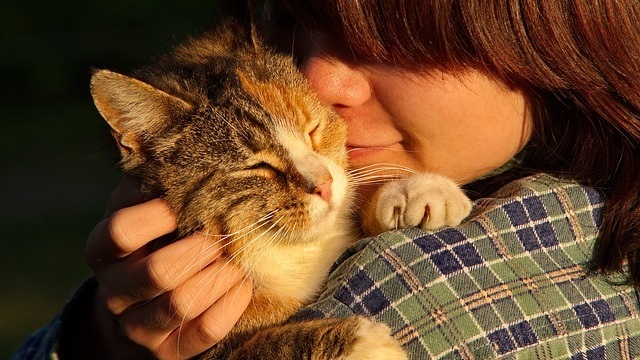
Being allergic to cats is also challenging in terms of emotional health. As if having puffy eyes, sneezing or suffering from shortage of breath was not bad enough!
It’s well-known how pets enhance our wellbeing. The human-animal bond improves blood pressure and cardiovascular health, helps us cope with loneliness or depression, and contributes to a healthy weight and mental state.
It’s not surprising that struggling with severe allergies can also have a negative impact on our emotional, psychological and physical health… After all, having to avoid our beloved cat is painful.
Unfortunately, this scenario also poses a direct threat to the felines’ welfare. Allergies are a common reason for relinquishing cats to shelters, and are a barrier to adoption.
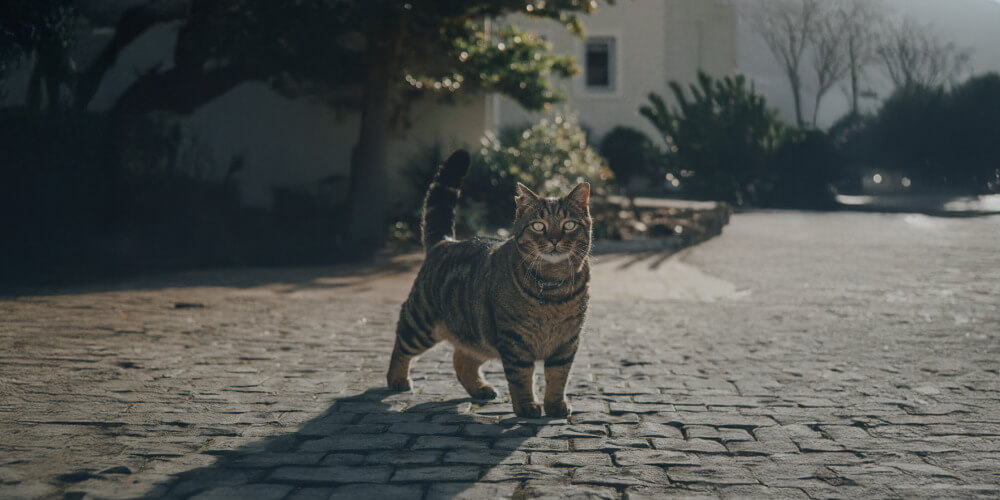
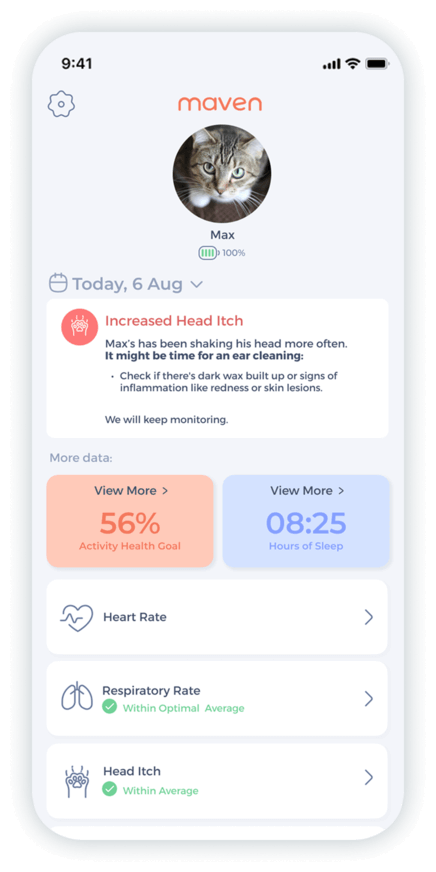
Monitor heart rate, respiratory rate, activity & rest, itch behavior.
Hypoallergenic Cats – Conclusion
New approaches to cat allergies are in motion, so that sensitized individuals can rely on other alternatives besides avoiding their beloved cats or having to endure the effects of their allergies. Since it’s impossible and ethically questionable to produce hypoallergenic cats via petri dish, it’s imperative to seek for viable options. Scientists are attempting to reduce the immunologically active Fel d 1 in the cat’s saliva, and ultimately in the environment… But there is still a long way to go.
As heartless as it may seem, some people do have to give up on their kittens, as they are at risk of severe, life-threatening allergic reactions. Apart from helping manage the environment, the Maven vet team is also able to provide emotional support if needed. Feel free to reach out to us!
Maven is all about proactive pet care. Be your best friend’s best friend by giving them 24/7, high-quality, industry-leading vet care to improve their mental health, physical health and more. No more frantic googling or unneeded stressful visits to the vet – Maven helps you save hundreds while also ensuring your pet lives the best life possible. Get your kit now!

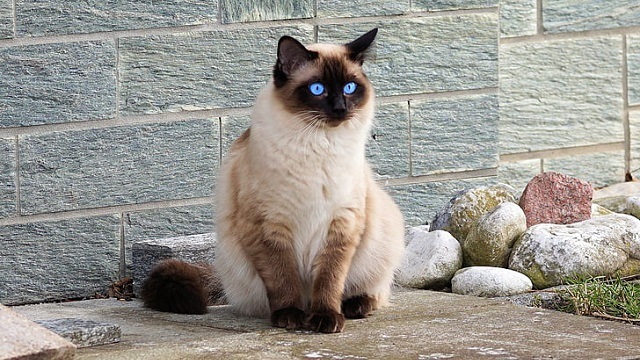
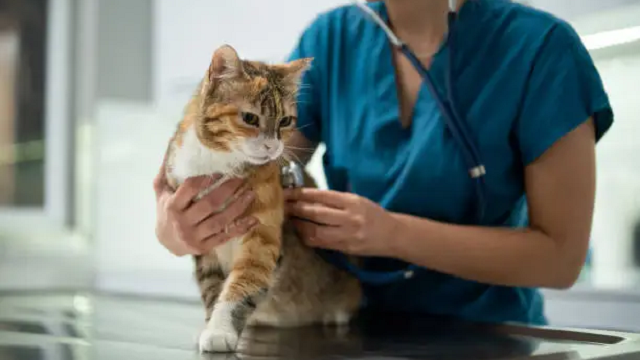

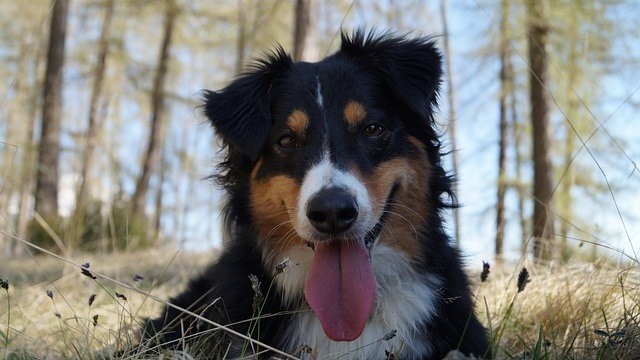
One of the best and my favorite blog ever.